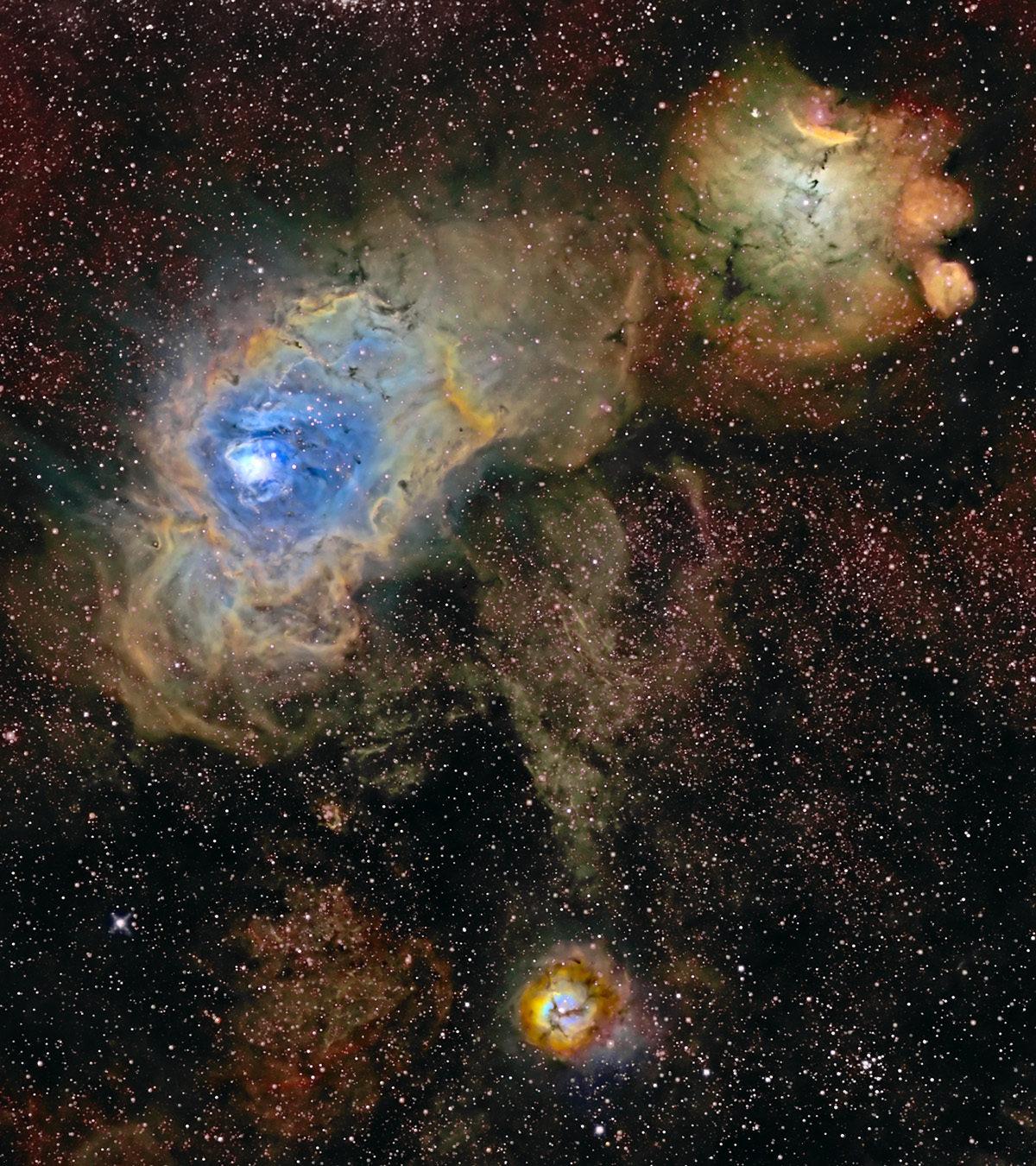
Looking like a three tiered rainbow, an iridescent cloud sits over Boulder, Colorado. This is a pretty rare event, but an iridescent cloud can show a whole spectrum of colors simultaneously. These clouds show colors when the clouds are relatively thin and the droplet sizes are about the same size. The light diffracts throw them, much like a rainbow. However, this only works if the sun is in exactly the right spot and mostly hidden by thick clouds. Sometimes iridescent clouds will start to form but then the cloud gets too thick or too far away from the sun. You can see why this would only occur rarely. One of the links (clouds) brings you to a page with a poem about clouds by William Wordsworth. Yay clouds.
